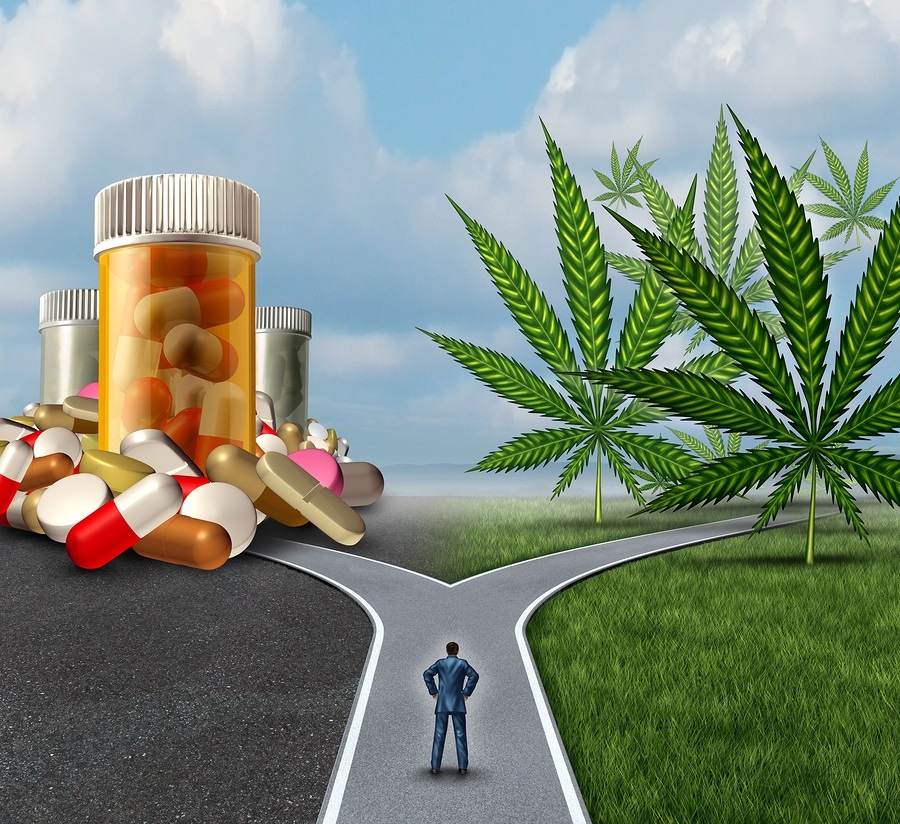
by Jefferey Jaxen
Health Impact News
In January 2016, Hillary Clinton unveiled an autism initiative that was focused on bringing greater awareness to the epidemic.
Clinton, who has received more pharmaceutical industry money than any leading political figure in the United States, wants “to ensure that all children, and in particular children from underserved backgrounds, can get screened for autism.”
Reading between the political red tape and double speak, Clinton and the pharmaceutical industry are looking to create a funnel to drive millions affected by the autism spectrum into the drug company’s arms.
The American Psychiatric Association’s fifth and latest edition of it Diagnostic and Statistical Manual of Mental Disorders (DSM-5) contained a revised diagnosis covering the autism spectrum. According to the new DSM-5, the updated information represents “a more accurate, and medically and scientifically useful way of diagnosing individuals with autism-related disorders.”
The word “useful” benefits American psychiatry by giving the profession a reason and billing code to prescribe dangerous pharmaceutical drugs. Investigative journalist Jon Rappoport has reported for years on the open secret that there are no definitive laboratory tests for any so-called mental disorders. One has to wonder why politicians and the medical community are eager to squeeze autism and psychiatry together at all.
“In 2032 1 in 2 children will have an autism spectrum disorder — eighty-percent of boys, one in two children. The risk of autism for a child born today is one in twenty-five at least. This is not a genetic disorder. This is an environmental disorder. I will go one step further, this is a manmade disorder.” -Dr. Andrew Wakefield
Identifying Real Causes of Autism
Clinton is right to focus on the exponentially growing population of those on the autism spectrum as well as their families and caregivers. For money-hungry drug companies and the politicians they control, this enormous section of the population symbolizes a new revenue stream.
While the political elite and pharmaceutical companies struggle to define the autism spectrum for purely monetary ends, pioneers and true leaders have been busy finding medically valid solutions and even reversing the environmental, man-made injury that is autism.
Many children and their families touched by autism are rapidly beginning to understand there exists medically valid solutions to an array of symptoms. The real answers aren’t hopeful cures depending on the empathy and trust of distant FDA-approved, isolated chemicals.
Medical Cannabis Provides Real Hope
There is a lot of buzz these days coming from the political and medical hot potato that is medical cannabis (marijuana). Many states are wrestling with current legislation, desperate not to give full control of this plant’s healing powers over to the people without high taxes and tracking systems.
A fact being begrudgingly accepted by mainstream medicine is the existence of the endocannabinoid system working within the human body. In the video below, Dr. Jeffrey Bradstreet, MD, gives a lecture about the endocannabinoid system. Dr. Bradstreet’s pioneering work on curing autism came to an abrupt halt last year (2015) when his body was found in a river after being shot in the chest. (See: Is The U.S. Medical Mafia Murdering Alternative Health Doctors Who Have Real Cures Not Approved by the FDA?)
The endocannabinoid system consists simply of a group of receptors located in the brain and throughout the nervous system. This regulatory system, when out of balance, has an intimate relationship with many of the symptoms listed on the austim-spectrum. In addition, research shows links between autism disorders and impaired functioning of the endocannabinoid system. The chemical component of the cannabis plant, cannabidiol (CDB), is showing major promise towards helping to rebalance the body’s endocannabinoid system and alleviate certain autism-related symptoms.
In 1970 congress listed marijuana/cannabis as a Schedule 1 drug in the same category as heroin, ecstasy and LSD. This fact has kept the plant out of the hands of medical and scientific researchers, handicapping decades of progress towards potential solutions to the autism spectrum, depression, cancer, neurological issues, and scores of other disease, imbalances and general ailments.
Laws Are Changing: Medical Cannabis Treatment and Research is Expanding
Two major events have just occurred within the last week. First, Pennsylvania is moving to become the first state to list autism as a qualifying condition for medical marijuana. Senate Bill 3 (SB3) — referred to as “The Functional Medical Marijuana Bill” — has been under debate for two years and appears to now be gaining overwhelming support. In its current form, the bill will have to pass the Senate and gain the signature of Governor Tom Wolf, who has committed to signing it, according to WGAL in Lancaster, PA.
If the bill becomes law, Pennsylvania doctors would need to enroll in a four-hour course detailing the latest scientific research on medical cannabis. Physicians who want to participate would then have to submit an application to become registered to prescribe.
The law states that the medical marijuana can be administered in pill form, oils and liquids, but not as a smokable substance. For many caring for a child on the autism spectrum, treatments and therapies are not covered by insurance making them simply out of reach. If Pennsylvania’s SB3 becomes law, it will legally protect doctors who want to prescribe medical marijuana. In addition, the law would give parents and their children access to a powerful medical tool that would be covered by insurance.
The second major event that is currently in the works is the world’s first official crowdfunded medical marijuana study at Colorado State University. Headed by Thorsten Rudroff, director of Colorado State University’s (CSU) Integrative Neurophysiology Lab, the study aims to conduct tests on at least 20 MS patients in northern Colorado who already are using medical marijuana and compare them with members of a control group of the same size who do not.
Rudroff’s research will not be providing cannabis or encouraging its use to the participants. CSU has been a hot bed of activity over the past year by leading the US in marijuana research. In 2014, the Colorado State Board approved over $8 million in grant funding. The money covered eight studies focusing on medical marijuana’s efficacy in treating post-traumatic stress disorder, Parkinson’s disease, pediatric epilepsy and brain tumors.
Research being done in Colorado and laws being considered in Pennsylvania are becoming commonplace. Once states get a taste of the legalized marijuana tax dollars, there is no turning back.
It was recently reported that Oregon has taken in nearly $4 million in taxes from the state’s newly legalized marijuana sales.
Meanwhile, the United States Supreme Court has dismissed Nebraska & Oklahoma v Colorado, a landmark case that threatened to reverse Colorado’s marijuana legislation and undermine the nation’s efforts to legalize marijuana.
For an American population that has been abused by pharmaceutical industries for a century, the idea of legal medical cannabis is a welcomed one. Although not a miracle cure, the plant is perhaps showing signs that it is as close as one can be in the real word.
Researchers, patients and those in need all wait eagerly for the gates to open and begin the race towards fully legal medical marijuana/cannabis in all its forms.
See Also:





